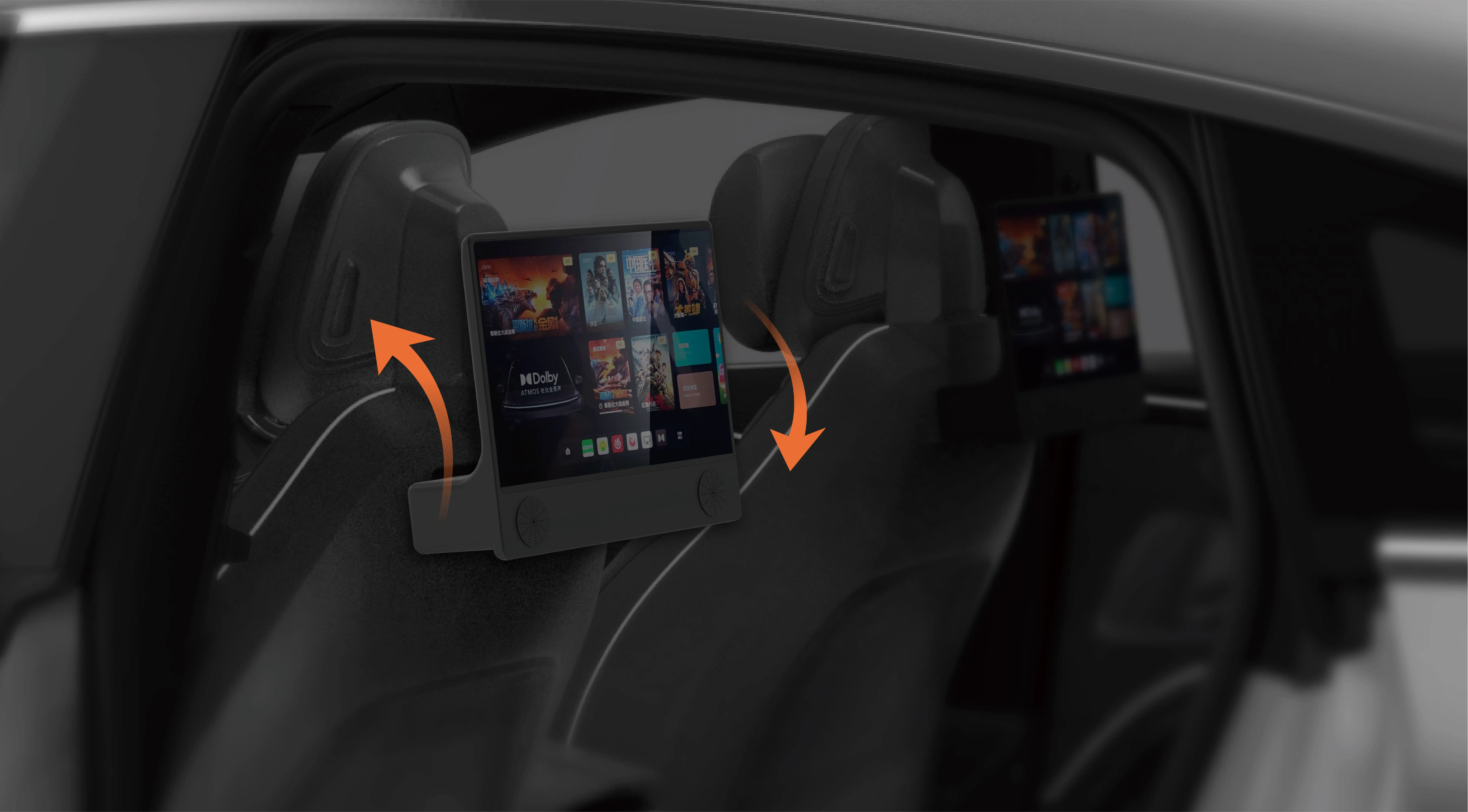Imagine a world where your ideas can spring to life through tiny, intelligent machines—robots that dance, cameras that pan, and automated doors that open at your command. All this magic begins with a simple yet powerful combination: an Arduino microcontroller and a servo motor. Whether you’re a beginner eager to dip your toes into electronics or an experienced hobbyist looking to refine your craft, understanding the connection between Arduino and servo motors unlocks a universe of creative potential.

What is an Arduino?
Before diving into connections, let's clarify what an Arduino is. Think of Arduino as a tiny, programmable brain in the form of a circuit board. It can read inputs—such as signals from sensors—and then process that information to produce outputs, like turning on a light, moving a motor, or sending data to your computer. Its ease of use and affordability have made it the cornerstone of countless DIY projects worldwide.
What is a Servo Motor?
Now, picture a muscle in a robotic limb—an actuator that converts electrical signals into precise physical movement. That's what a servo motor does. Unlike simple motors that spin continuously, servo motors rotate to a specific position within a 180° or 360° range, depending on their design. They’re perfect for applications requiring precise control, such as steering in RC cars, robotic arms, or camera gimbals.
Why Combine Arduino and Servo Motors?
The synergy of Arduino and servo motors is a classic duo for automation, art, and robotics. Connecting the two allows you to orchestrate precise movements based on program instructions or sensor inputs, enabling projects that respond to the environment, perform complex motions, or simply entertain.
Understanding the Components
Arduino Board: Popular varieties include Arduino Uno, Mega, Nano, and Leonardo. Most beginner projects start with the Arduino Uno, thanks to its simplicity and widespread support.
Servo Motor: Standard hobbyist servo motors operate on 4.8V to 6V DC, typically harnessing three wires—power (red), ground (black or brown), and signal (white or yellow).
Power Supply: Adequate power is essential. While Arduino can provide power for small servos through its 5V pin, larger or multiple servos often require an external power source to avoid drawing too much current from the Arduino.
The Essentials of Connecting Arduino to a Servo Motor
The connection process is intuitive but demands attention to detail to prevent damage or malfunction. Here are the fundamental steps:
Gather Your Components:
Arduino board (e.g., Uno) Servo motor Jumper wires (male-to-male) External power supply (if necessary) Breadboard (optional, for cleaner wiring) Resistor and capacitor (optional, for noise filtering)
Identify the Servo Wires:
Red wire: Power (+5V) Black/Brown wire: Ground (GND) White/Yellow wire: Signal (control)
Making the Connections:
Connect the servo's power wire to the Arduino's 5V pin. Connect the ground wire to one of the Arduino's GND pins. Connect the signal wire to a PWM-capable digital pin on the Arduino (commonly pin 9 or 10).
Note: When powering multiple servos or larger servos, it's a best practice to use an external power supply rather than drawing power directly from the Arduino. This avoids voltage dips that can disrupt your microcontroller or cause erratic servo behavior.
Programming Your Arduino for Servo Control
Once you've wired everything up, the real magic begins with programming. Arduino’s programming environment uses a language similar to C++, simplified to make it accessible for beginners.
Here’s a simple example sketch that moves the servo from 0° to 180°, then back:
#include Servo myServo; void setup() { myServo.attach(9); // Assign servo to pin 9 } void loop() { // Sweep from 0 to 180 for (int angle = 0; angle <= 180; angle += 1) { myServo.write(angle); delay(15); // Wait for the servo to reach position } // Sweep back from 180 to 0 for (int angle = 180; angle >= 0; angle -= 1) { myServo.write(angle); delay(15); } }
This simple code is a gentle introduction to servo control. The Servo.h library makes it straightforward to write and read servo positions, simplifying complex movements into manageable commands.
Tips for a Successful Setup
Test your servo before connecting it to your project: Use the sample code to verify it responds to commands as expected. Be mindful of power requirements: Don’t overload your Arduino’s power capabilities—use an external supply if needed. Avoid sudden movements: Quick or erratic commands can damage servo gears. Gentle, gradual movements prolong servo lifespan. Use shielding and noise filters: Sometimes, electrical noise can cause jittering. Adding a small capacitor (e.g., 100uF) across power and ground near the servo can help stabilize signals.
Troubleshooting Common Issues
Servo jitters or doesn’t move: Check wiring, power supply, and if the servo is receiving a proper PWM signal. Voltage dips or resets: Use external power sources for the servo, separate from the Arduino. No response: Confirm connections, ensure the correct pin in code matches your wiring, and verify the servo’s power specifications.
In the next installment, we'll explore more advanced control techniques, how to synchronize multiple servos, integrate sensors for responsive movements, and include tips for building complex projects that combine your newfound knowledge into stunning creations. Whether you're dreaming of a robotic arm or an autonomous camera system, mastering the Arduino-to-servo connection is your first step into a universe of innovation.
Leveraging innovations in modular drive technology, Kpower integrates high-performance motors, precision reducers, and multi-protocol control systems to provide efficient and customized smart drive system solutions.




































